Welcome to our series of 100 interviews we will be holding with professional photographers who use mirrorless cameras for work! “Switching to a smaller and lighter system” has become somewhat of a buzz phrase as of late, but many working photographers take this philosophy seriously. From medical reasons such as resolving back and shoulder pain to the simple realisation that bigger does not mean better, photographers are turning to mirrorless systems now more than ever before.
This week’s interview is with Satoki Nagata, a Japanese street and documentary photographer who resides in Chicago. Originally a PhD in neuroscience, he left the scientific field to pursue photography. In his words, he “use[s] photography to create relationships with the world to find [him]self.” He has held a number of photography exhibitions in Chicago, France, Italy and China over the years and has documented some of its most impoverished areas, namely the neighbourhood of Cabrini-Green and the Chicago Redline Station.
Visit Satoki’s photography website and follow him on Facebook.
Who is ‘Satoki Nagata’ in three simple sentences?
Satoki Nagata is a Chicago-based photographer. He aims to reveal ideas derived from Japanese Zen philosophies of interconnected relationships and their dynamics through the photography. He tries to communicate the truth, beauty, and emotions he discovered that can be shown through photographic images.
You are currently a street and documentary photographer but began your career as a scientist. What prompted you to change your career?
I wanted to do a creative job and chose to be a scientist. After about 10 years doing science, I gradually thought that it was a little different than I expected. Then I started searching for something I wanted to do next. I like visual art and taking photographs so I decided to do it seriously. I have never learned photography as an art in school so I found a mentor, Damaso Reyes, who is a photojournalist. After I learned photography from him for four years, I quit working as a scientist and became a photographer.
Why did you choose to settle in Chicago? Is there a particular area of the city you enjoy photographing the most?
I first came to Chicago in 1992 as a research scientist at a university. I started using cameras and captured the people and city of Chicago. First, I was a stranger or observer. After working on streets for couple of years, I learned many “street rules” from “people on streets” and experiences. Learning these rules gave me an understanding of social layers of people on streets, and changed me from just an observer with a camera to being a part of the streets. I wanted to discover more about people and this city. My favorite area is Michigan Avenue in the downtown area.
Why did you choose the Leica M8 and M9 as your main cameras? What are your favourite lenses?
Leica M system is lighter and smaller than equivalent DSLR systems. For me, manual operation including focusing is very important. The rangefinder’s focusing is fast and accurate compared to a DSLR for my shooting style. We often compose images with very complex situations with layers and/or reflections on streets. Autofocus is hard to use in these situations, and manual focusing with a DSLR is difficult. With the rangefinder system, I can focus exactly on what I want to focus. And I like to use digital cameras so Leica M digital is my choice. I used the M 240 for about 1.5 years and found that I liked the CCD sensor of the M8 and M9. My favourite lenses are Leica Summicron 50mm f2.0 and Summilux 35mm f.1.4 ASPH.
You’ve also used the X100 and GM1 for some of your street work. Are there any notable differences between working with the Leicas and these two cameras?
There are differences between these cameras in size and weight, available focal length, sensor size, and manual adjustment. Each camera has its own advantages and disadvantages so I choose the appropriate camera depending on the situation. Both the X100 and GM1 are small and compact with a good sensor. The X100’s hybrid finder, manual operations for focusing, shutter speed and aperture are pretty good. Before I used the A7s (another camera I use now), I used the X100 for dark conditions with depth of field—because it has good high-ISO capabilities (better than the Leica M8 or M9). My favourite focal length is around the 50mm-equivalent so the X100 is a little too wide for me. I wish Fujifilm would make a 50mm equivalent version. As for the GM1, it is smaller with a kit lens. I always have a GM1 when I go out. The GM1 is an interchangeable lens camera so I can use different lenses if I need them. I wished the GM1 had a viewfinder and hot shoe so the GM5 might be a better camera for me.
You primarily shoot in black and white. Was this a conscious choice or did it happen naturally. Are there situations where you would choose colour over black and white?
I started in black and white and learned how to make images through this format for many years and it became second nature. I also found the workflow of printing to be satisfying. I have been using a carbon monochrome ink system with a modified EPSON printer and continue to be pleased with the quality of prints it produces. The actual print is the final output for me. I believe in the digital age, and the quality of print is even more important than before.
In low contrast situations, colour is a little more capable to capture the scene. However, I usually do projects and it is better not to mix black and white and colour in same project so I rarely make images in color. I always take photos in Raw format so my files do have colour data.
My favourite series of yours is Lights in Chicago for which you use a mix of flash and long exposures in inclement weather. What gave you the idea for this series and how exactly did you create the images?
Street photography is difficult to define and the question is what is “my” street photography?
I began by doing traditional street photography. Then I concentrated on more intensive documentary projects. For me the difference between street photography and documentary-type photography lies in the level of intimacy or distance with the subjects. During a documentary project, I occasionally do street photography as well. This made me think about how to make “my” street photography different from before. I wanted to make images with a certain level of intimacy. There is a distance between me and people on the streets.
How to minimize that emotional distance without actually forging intimate connections with people?
This was challenging. At one point, I began using flash on documentary projects. Flash can be a powerful tool to make intimate visual connections when used appropriately. So I decided to use flash on the streets. After a two-week trial, I found one image that showed visually interesting layering and a range of tones from highlights to shadows. This made the image look like a reflection or a multi-exposure but was actually taken in a single shot.
I continued to make images using the same method. I liked the results visually and the technical simplicity as well. But most importantly, I felt that these images convey each person’s subtle, everyday moments of life in the city of Chicago very well. This is how the Lights in Chicago series started.
In 2012, you visited Tohoku in Japan to document the devastation caused by the 2011 earthquake and tsunami. Likewise, you’ve been documenting the lives of ecomically-challenged people from Cabrini-Green in Chicago for over three years. Is there a difference in the way you approach people who have suffered some sort of hardship in comparison to how you approach people on the streets?
It depends on what and why I take photos of people in their circumstances. Then I decide how to approach people. The camera is a powerful tool and we can make relationships with people for short period of time when we use its power appropriately. The point is for a person to understand I am a photographer with confidence. Then I often explain why I want to make images. The important thing here is we want to make images so we do whatever we can to make satisfying images.
On an ordinary day, how many shots do you usually bring home with you? Out of these shots, how many would you potentially share online or include in a portfolio?
About 50~200 and maybe one or two if I had a good day.
What are your thoughts about social sharing sites such as Flickr and 500px, both of which are saturated with street work? Are they beneficial or detrimental to the development of a photographer’s personal style?
I am certain that social photo sharing sites are beneficial for showing our own work to others, joining photography communities, finding friends and inspiring one another. However, for developing a personal style and vision, participating in photo sharing sites may not be that important. It may help some but not enough. To find your own vision, we need to train our eyes as a photographer so we must do exercises, push our limits, go through numerous trials, experience of countless failures and some success.
Showing our work to other people and receiving feedback or comments from others is important. But social sharing sites are not best place for that purpose. The most effective way is to discuss our own photography with someone who already has his or her own strong vision and experiences. Not only receiving critical comments about one’s own photographs, but also understanding other excellent photographers’ work and their visions and philosophies behind it. This would be a long-term relationship with mutual respect and trust. Then we will find and develop our own vision. Ultimately, the most critical comments will come from inside oneself.
You studied under photojournalist Damaso Reyes for many years, and you consider him one of your prime influences. What are some of the most important photography lessons he has taught you?
Photography is about expressing myself so I need to find my own visual voice from inside. 90% of what he taught me was the philosophical side of photography. He said not to worry so much about the technical side as you can learn that from experience, books or another person. But it is very difficult to learn the philosophical side of photography, which is the definition of photography and how to turn photography into art. I learned from him how to develop my own vision, and how it is important to learn to go from a good to excellent photographer.
There are many great compact systems out there at the moment. If you hadn’t chosen to go down the Leica route, would you have chosen another mirrorless system? Which one and why?
Sony A7 with M lenses. The Sony A7 series is for me one of my favourite cameras since Leica M digitals. I tried the A7 with Leica lenses for a couple of minutes and immediately realized that it is different and very exciting. The A7 has an identical feeling in my hand in terms of size and weight to the Leica M. I can use M lenses with full-frame sensor. I can get closer to the subject with the M lens with a close focus adapter. It is as if I have multiple M focal length lenses. It has an electric viewfinder so I can compose more precisely than with the Leica. Good enough handling for manual exposure control of shutter speed and ISO. I can record high quality video with auto focusing because I do filming as well. First I used the A7, then I changed to the A7s for its high ISO capability and better video function. I wish the battery lasted longer— twice as long would be good. The second camera I would like to have is a GM5 which is major update over the GM1 but this camera would be mostly a back-up rather than a main camera. It would be good as an everyday camera.
Do you think mirrorless cameras will eventually replace the DSLR as the professional’s primary work system?
I have been using A7s for about a year now and I am very satisfied with this camera. The A7s can be used as a primary camera system for about 60% of my photography now, and it is certain that better cameras will be released in the future. I think depending on the photographer’s shooting style, subject and situation, mirrorless cameras can be the primary work system even now, as well as in the future.
Do you have any questions for Satoki? If so, leave them in the comments section below and be sure to visit his photography website and follow him on Facebook!


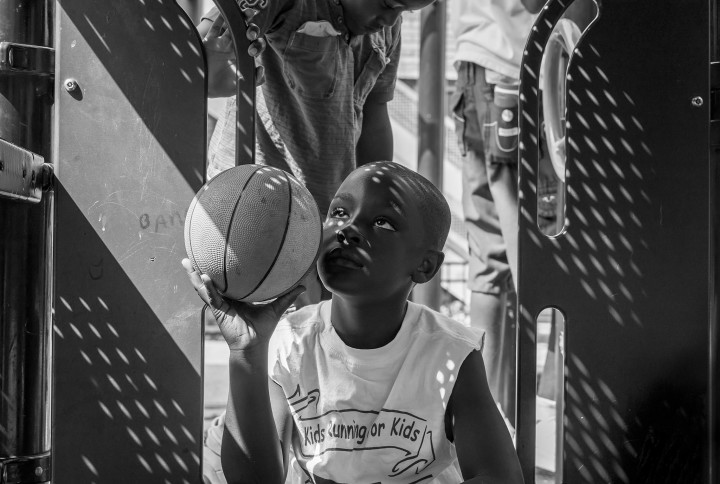
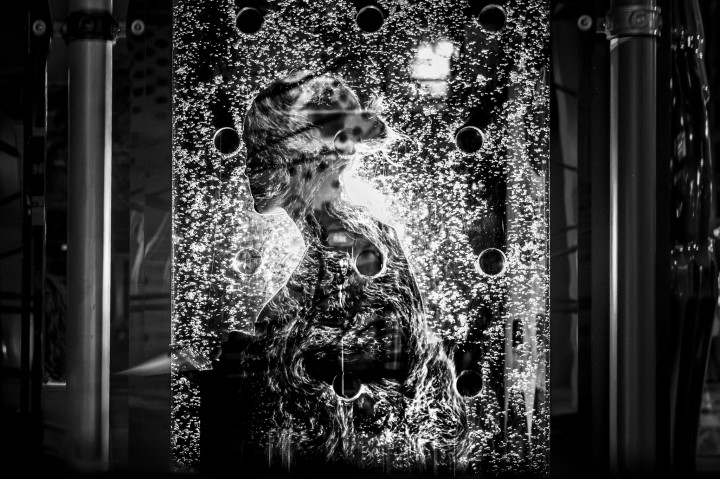
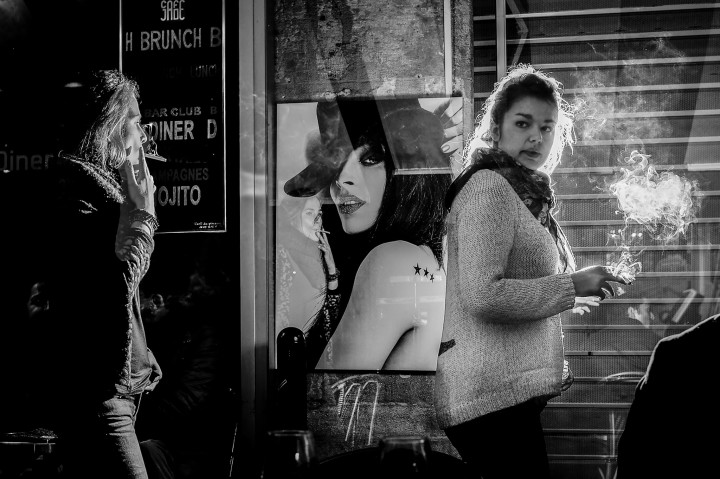
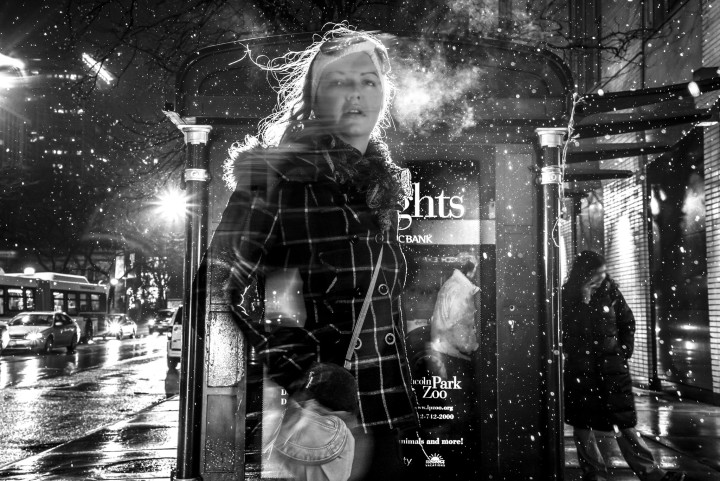
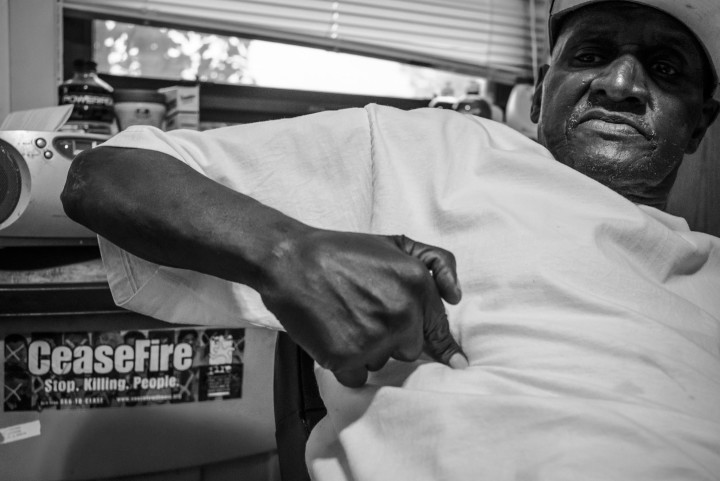
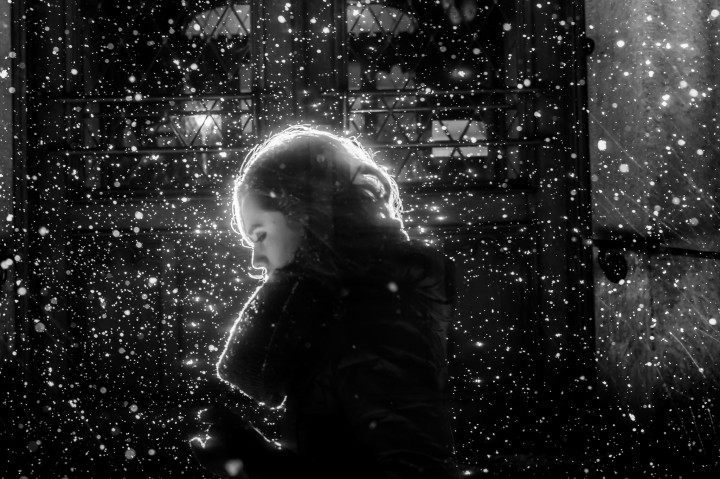
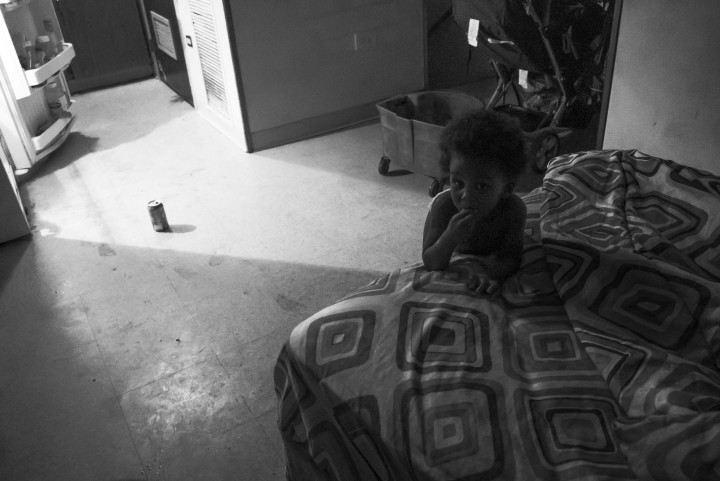
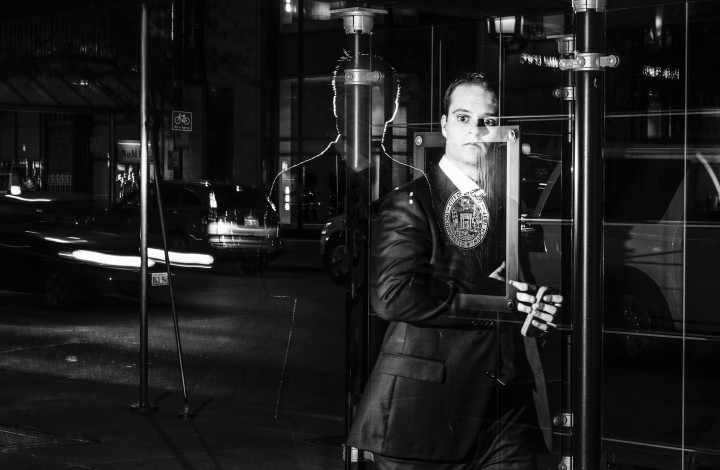
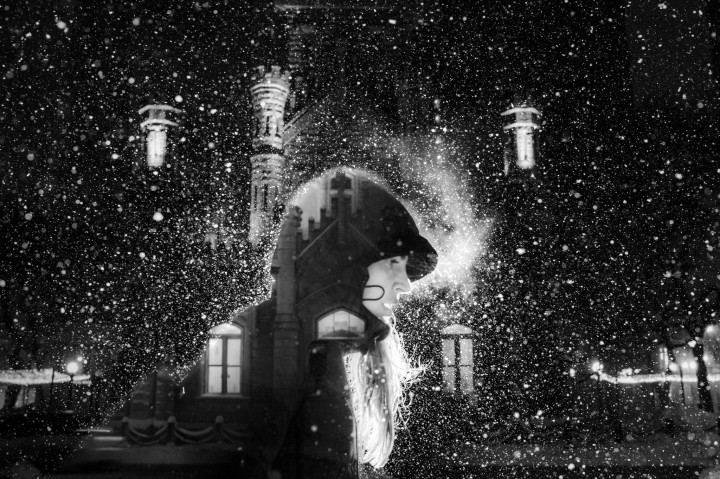
Thanks Johan. The pictures are very interesting indeed.